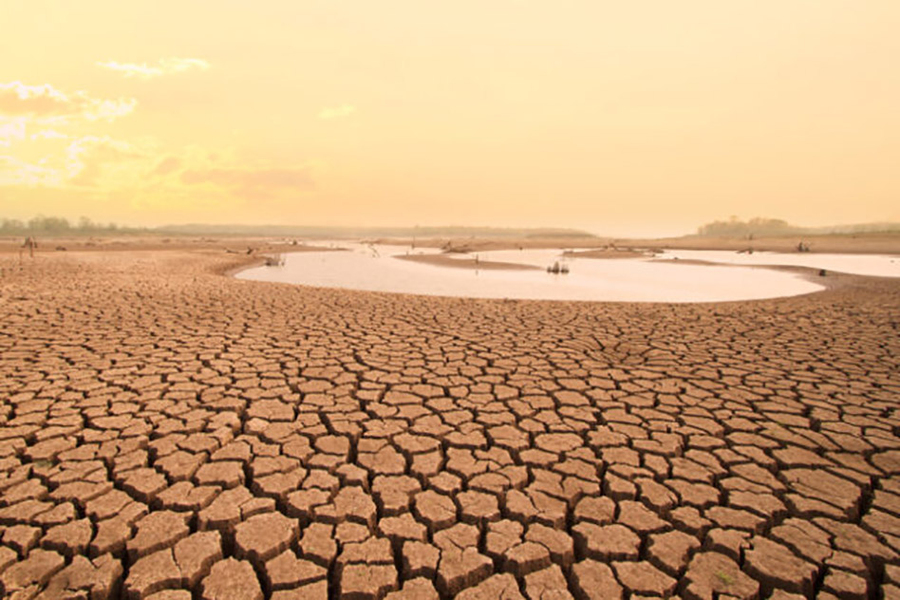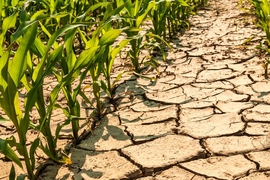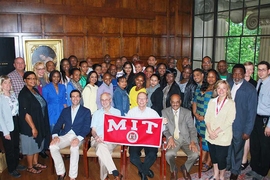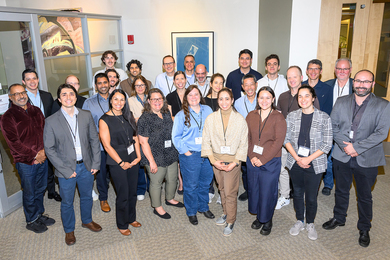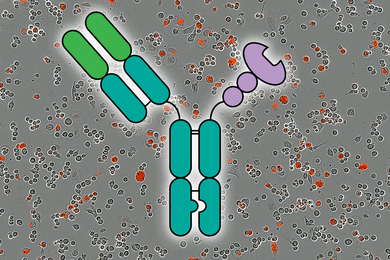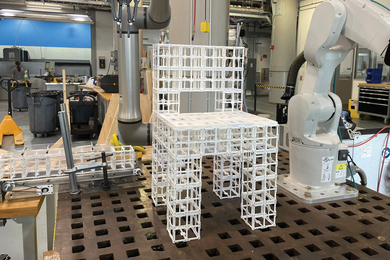In 2018, Cape Town, South Africa’s second most populous city, came very close to running out of water as the multi-year “Day Zero” drought depleted its reservoirs. Since then, researchers from Stanford University determined that climate change had made this extreme drought five to six times more likely, and warned that a lot more Day Zero events could occur in regions with similar climates in the future. A better understanding of likely surface air temperature and precipitation trends in South Africa and other dry, populated areas around the world in the coming decades could empower decision-makers to pursue science-based climate mitigation and adaptation measures designed to reduce the risk of future Day Zero events.
Toward that end, researchers at the MIT Joint Program on the Science and Policy of Global Change, International Food Policy Research Institute, and CGIAR have produced modeled projections of 21st-century changes in seasonal surface air temperature and precipitation for South Africa that systematically and comprehensively account for uncertainties in how Earth and socioeconomic systems behave and co-evolve. Presented in a study in the journal Climatic Change, these projections show how temperature and precipitation over three sub-national regions — western, central, and eastern South Africa — are likely to change under a wide range of global climate mitigation policy scenarios.
In a business-as-usual global climate policy scenario in which no emissions or climate targets are set or met, the projections show that for all three regions, there’s a greater-than 50 percent likelihood that mid-century temperatures will increase threefold over the current climate’s range of variability. But the risk of these mid-century temperature increases is effectively eliminated through more aggressive climate targets.
The business-as-usual projections indicate that the risk of decreased precipitation levels in western and central South Africa is three to four times higher than the risk of increased precipitation levels. Under a global climate mitigation policy designed to cap global warming at 1.5 degrees Celsius by 2100, the risk of precipitation changes within South Africa toward the end of the century (2065-74) is similar to the risk during the 2030s in the business-as-usual scenario.
Rising risks of substantially reduced precipitation levels throughout this century under a business-as-usual scenario suggest increased reliance and stress on the widespread water-efficiency measures established in the aftermath of the Day Zero drought. But a 1.5 C global climate mitigation policy would delay these risks by 30 years, giving South Africa ample lead time to prepare for and adapt to them.
“Our analysis provides risk-based evidence on the benefits of climate mitigation policies as well as unavoidable climate impacts that will need to be addressed through adaptive measures,” says MIT Joint Program Deputy Director C. Adam Schlosser, the lead author of the study. “Global action to limit human-induced warming could give South Africa enough time to secure sufficient water supplies to sustain its population. Otherwise, anticipated climate shifts by the middle of the next decade may well make Day-Zero situations more common.”
This study is part of an ongoing effort to assess the risks that climate change poses for South Africa’s agricultural, economic, energy and infrastructure sectors.
